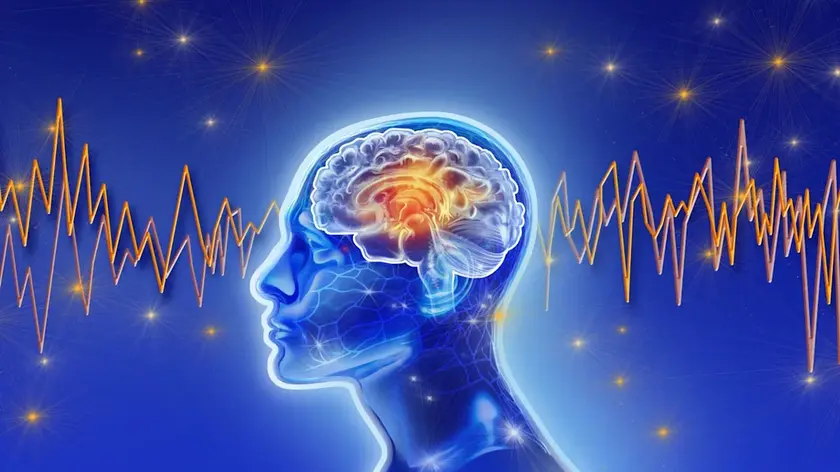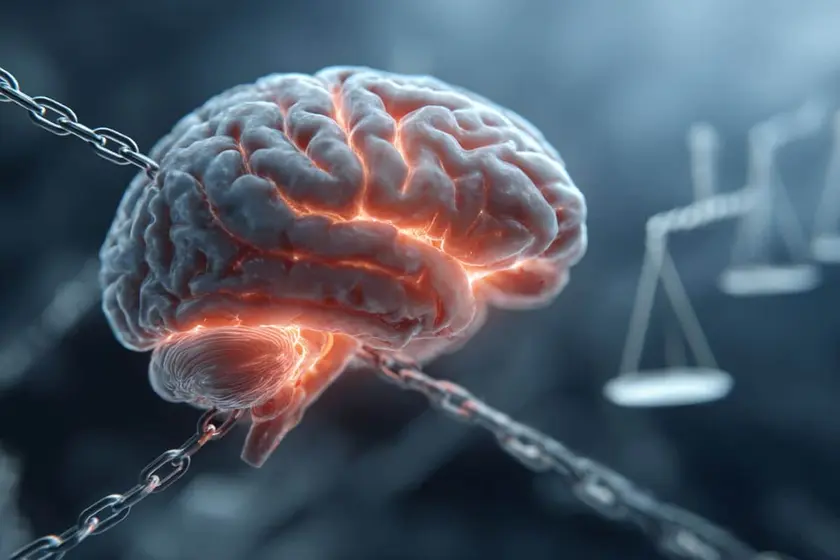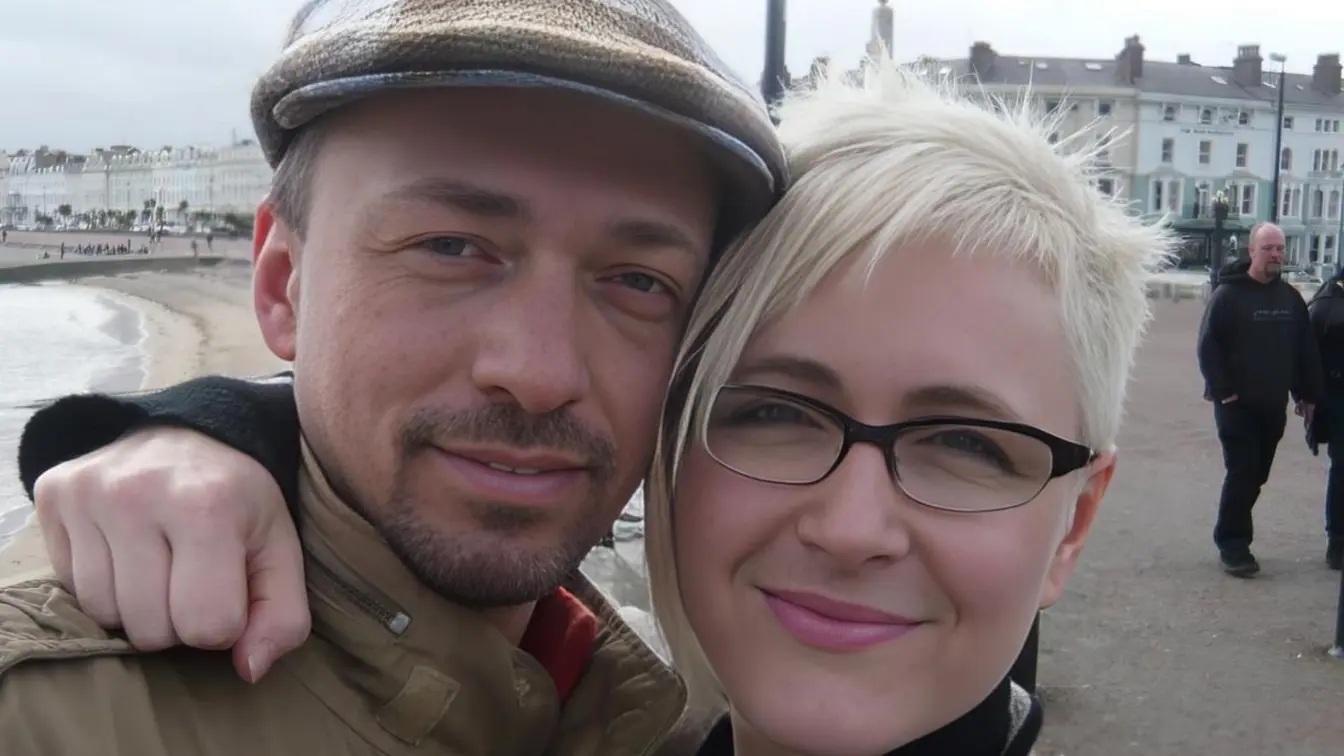T4K3.news
Sleep stages illuminate consciousness
New findings link dreaming and awareness to brain activity across sleep stages.

A neuroscience look at how sleep stages reveal the line between waking awareness and dream consciousness.
Sleep stages reveal the boundary of consciousness
Two broad sleep arenas shape our experience: non-REM and REM. EEG studies show deep non-REM sleep brings slow waves and reduced cortical activity, which correlates with a near absence of conscious experience. In REM sleep, brain activity climbs in the posterior cortex and emotion centers, even as the body stays temporarily paralyzed. Dreaming dominates, yet metacognition is largely offline and most dreamers do not realize they are dreaming.
Lucid dreaming offers a rare inside view. When sleepers gain insight into the unreality of their dreams, parts of the dorsolateral prefrontal cortex, anterior cingulate cortex, and the precuneus reactivate, suggesting metacognitive control can return even during sleep. These patterns help map consciousness not as a fixed state but as a moving frame around experience. The core message echoes Nagel’s question about what it is like to be, showing that consciousness may be best understood as a self-generating stream rather than a byproduct of waking life.
Key Takeaways
"What is it like to be a bat?"
Nagel's original question frames the article's philosophical anchor
"Consciousness is not something we perform nor a behavior we emit."
A core claim about the nature of consciousness used in the analysis
"Dreaming is being without knowing that you are."
Key description of REM dreams
The sleep-and-consciousness lens challenges simple views of awareness. If experience is present only in certain brain states, then being conscious is less about a universal property and more about the ongoing neural scaffolding that supports it. Lucidity demonstrates the brain can reframe the same content with awareness, hinting that self-reflection is not permanently shut off during sleep but can be toggled on. This invites a humbler view of self-knowledge: memories, feelings, and even sense of agency can fade or reappear depending on brain dynamics.
The research also reshapes questions for philosophy and science. Sleep stages offer a natural experiment for exploring subjectivity, memory consolidation, and the limits of introspection. In practical terms, it points to how dream life intersects with mental health, learning, and creativity, while reminding us that our sense of a continuous self is a constantly negotiated construct, not a fixed essence.
Highlights
- Dreaming is being without knowing that you are.
- Consciousness is not something we perform nor a behavior we emit.
- What is it like to be a bat?
- In REM sleep, the frame around experience changes.
The brain reveals a remarkable script in which wakefulness is just one scene in a longer play of awareness.
Enjoyed this? Let your friends know!
Related News

New Study Reveals How the Brain Awakens from Sleep

Mind blanking study reveals brain activity changes

Nonaddictive pain drug advances in preclinical stage

Signs of health issues linked to night waking

Eight Sleep raises 100 million to expand AI sleep tech

Mystery illness triggers transformations in patients

Heartbreak leads to call for camping safety measures

Medical gaslighting in focus
